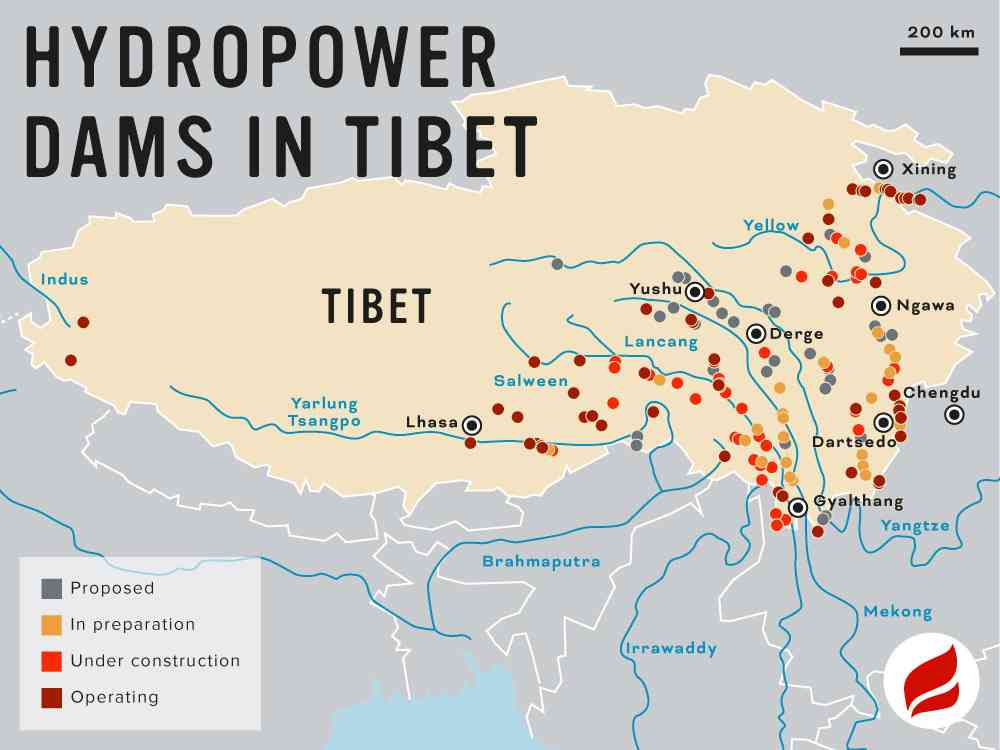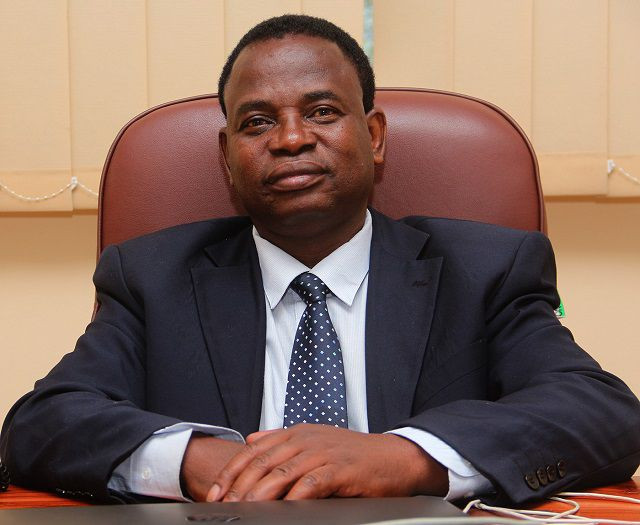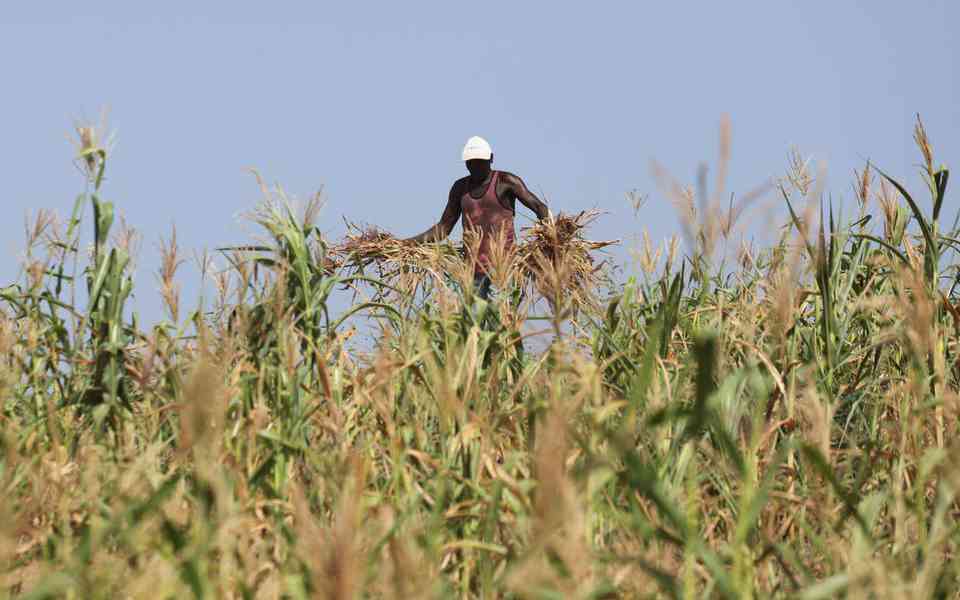
Tibet has been one of the major sufferer of China’s Hydropower ambitions. According to a new International Campaign for Tibet, China’s rapid Hydropower dam scheme has caused more damage to the Tibet’s civilisation and the environment. Describing it as anti Tibet, International Campaign for Tibet report accused the Chinese Communist Party’s aggressive pursuit of Hydropower stating that Beijing has no regards for Tibetan voices, environmental sustainability, and the well-being of downstream nations.
The report also accused the CCP of prioritizing political and economic ambitions over human and ecological consequences. According to the report hundreds of dams constructed or planned have covered the entire Tibetan plateau. China’s rapid Hydropower dam scheme was causing irreparable damage to the Tibetan civilization, the environment, downstream nations, and the climate.
Tibet is not alone. several countries like Bangladesh, Laos, Thailand, Cambodia and Vietnam have been equal sufferers of China’s Hydropower ambitions. At least 11 out of 13 Hydropower dams operated by Beijing have come under accusation of holding back upstream water during drought periods.
As a result, the flow of the Mekong river showed a significant drop in recent years that impacted agriculture, fishery and livelihood of millions of people in these countries.
Experts said that China’s Hegemonic Hydropower Projects are a curse for its Asian Neighbours. “The scale and scope of the PRC’s Hydropower dam spree is both unbelievable and unconscionable.” said Tencho Gyatso, President of the International Campaign for Tibet. He accused Beijing of showing disrespect to the Tibetan people’s rights and the climate.
Some of the key findings of the report have made startling revelations. The report stated that the dam will dislocate 1.2 million people living close to dam projects, depriving them of livelihood.
More than 80 per cent of dams with a capacity of 100 MW or less than 100 MW pose threat to the Tibetan civilization, environmental sustainability, and the climate. Of them, 60 per cent are either in proposal or preparation stage, presenting opportunities to change course.
Experts said that the Chinese government would not take cognisance of the report as it wants to go ahead with its plan to construct dams. In February this year, a protest was organised against the construction of 1.1. million kilowatt Hydropower station on the Drichu River in Derge County (Dege in Mandarin), part of the Garze Tibetan Autonomous Prefecture in Sichuan Province.
- The brains behind Matavire’s immortalisation
- Red Cross work remembered
- All set for inaugural job fair
- Community trailblazers: Dr Guramatunhu: A hard-driving achiever yearning for better Zim
Keep Reading
Derge is not part of the Tibetan Autonomous Region, whose borders were drawn up by the Chinese Communist Party, but is part of Kham, a historically Tibetan region. Also the protesters sought the withdrawal of the order for thousands of Tibetans to relocate from Upper Wonto and Shipa villages and six important monasteries – including the Wonto monastery, which was built in the 13th century and has priceless murals dating from that period.
The villages and monasteries are expected to be flooded once the dam’s reservoir is complete. Multiple protests have taken place after February. The Diplomat had reported that these protests were muzzled by the government’s crackdown. The police had arrested more than 1,000 Tibetans, including monks, and imposed a complete lockdown on these monasteries.
It also reported that many of these existing, planned, and under-construction Hydropower dams lack comprehensive Environmental and Social Impact Assessments (ESIAs). The most astonishing was China’s own approach towards dam-building in Tibet because it openly goes against China’s own legislative framework such as laws government environmental disclosures, public interest environmental litigation, public feedback on planned Hydropower projects, and proper ESIA procedures. Since 2009, China has formulated and implemented three action plans on human rights and environmental issues.
Based on these regulations, China’s government is well aware that certain special projects, like Hydropower plans, cause adverse environmental impact and directly affect the environmental rights of the public.
According to latest article in Made in China Journal, James Leibold reported about Tibet-Aid Project, stating that CCP initiative that pairs Tibet’s administrative units with inland government actors is essentially meant to extend Beijing’s settler-colonial enterprise and fortify Han dominance in the region.
Among the Tibet-Aid cadres championed in CCP propaganda are Han engineers committed to transforming Tibet’s physical landscape through “civilizing” infrastructure projects. Leiboldargued, “By unleashing a new legion of Han officials and settlers on to the Tibetan Plateau, Xi seeks to complete the discursive, demographic, and cultural integration of Tibet into a new Han empire.” Whatever be the intention but the construction of Hydropower projects will erode local Tibetan sovereignty.







